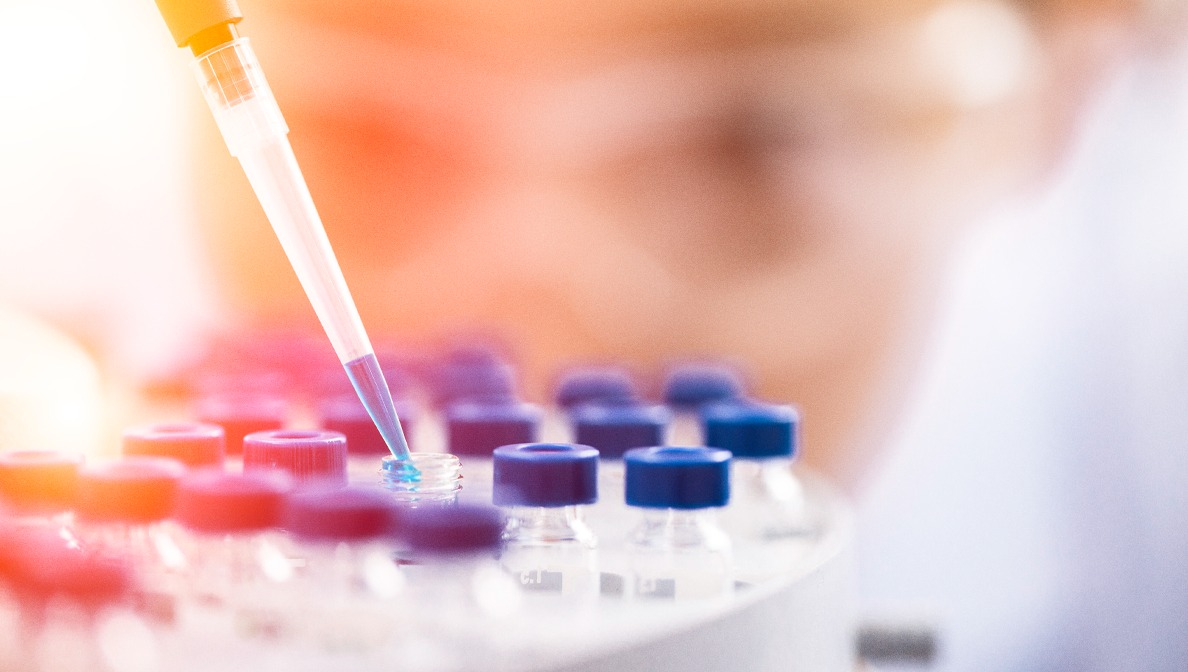Researching new uses for a therapy that targets cancer cells
MSD scientists are evaluating potential antibody-drug conjugate (ADC) targets across both blood cancers and solid tumors
July 17, 2023

More than two decades since the first approval of an antibody-drug conjugate (ADC), a therapy with the ability to target specific cancer cells, scientists continue to explore new opportunities for helping patients.
What are antibody-drug conjugates (ADCs)?
ADCs are a targeted means to deliver chemotherapy. Unlike conventional chemotherapy treatments, ADCs are designed to deliver chemotherapy to a specific target expressed on the surface of cancer cells. After binding to the target, the ADC is designed to release an agent that is toxic to cancer cells.

“With ADCs, the antibody provides the targeting mechanism, like a zip code directing the delivery of the chemotherapy agent to the cancer cells."
Dr. David Weinstock
Vice president of discovery oncology at MSD Research LaboratoriesScientists, including our own, are researching new opportunities with ADCs. “The learnings we’ve seen in ADCs over the last few years are very encouraging. And certainly, we should expect to see more of that research in the coming years,” said Weinstock.
MSD scientists are evaluating a number of potential ADC targets across both blood cancers and solid tumors, including ROR1, TROP-2 and others in the preclinical space.
- ROR1 is a protein expressed mainly on blood and solid tumor cells, but not in normal adult cells. It’s associated with more aggressive disease that does not respond to current therapies. We’re evaluating a ROR1 targeting ADC in patients with mantle cell lymphoma or diffuse large B-cell lymphoma along with solid tumors.
- TROP-2 is overexpressed in many cancers including triple-negative breast cancer and lung cancer. High levels of TROP-2 expression are associated with cancer cell growth, correlating with more aggressive forms of disease.
By evaluating a number of ADC targets, we hope to contribute important new research exploring the potential of ADCs and advance our purpose to use the power of leading-edge science to save and improve lives around the world.


